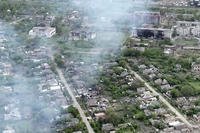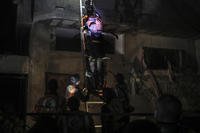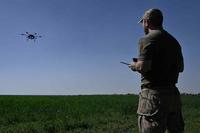U.S. Pacific Command on Monday kicked off a multi-national training exercise in interdicting and defending against weapons of mass destruction without the participation of the two major regional powers – China and India.
The so-called Fortune Guard exercise in Hawaii “is just one that we’ve had scheduled for a while” to focus on the WMD threat, Adm. Samuel Locklear, head of the Pacific Command, said at a Pentagon briefing last week.
Recent missile tests and threats by North Korea to launch nuclear weapons at the White House and Pentagon “will just re-emphasize the importance of getting it right during our exercise,” Locklear said.
Fortune Guard was part of the international Proliferation Security Initiative (PSI) aimed at stopping the trafficking of WMD, including the weapons' precursors and delivery systems. The effort was launched in 2003 by the U.S. and 10 other nations and now includes 104 nations, but neither China nor India are signatories.
The Defense Department had been open to having China included in Fortune Guard following the participation by four Chinese warships for the first time in the recently concluded Rim of the Pacific (RIMPAC) exercises off Hawaii.
“We would be thrilled to have China,” a senior DoD official said at a Pentagon briefing on Fortune Guard last month. “They have received multiple invitations,” the official said of the Chinese.
Improving military-to-military ties with India will be a focal point of Defense Secretary Chuck Hagel’s nine-day trip starting later this week this week that will take him to Germany, India and Australia. The trip will be Hagel’s first to India as Defense Secretary.
Japan, South Korea and Australia were among the nations participating in Fortune Guard.
"The exercise is designed to address the full range of weapons of mass destruction interdiction-related skill sets," including rapid decision-making and operational tactics, PACOM said in a statement.
In addition, there will be a tabletop exercise, a port exercise and a live exercise at sea involving the Henry J. Kaiser, a replenishment oiler from the Military Sealift Command. In the exercise, Japanese and South Korean boarding teams will stop and search the Kaiser, the senior official said.
The official said that the nature of the WMD threat “has evolved substantially” since the terror attacks of Sept. 11, 2001. In the past, the WMD threat was more likely to involve the weapon itself, but “today the focus is much more on dual use items” that can be assembled into a weapon, the official said.









